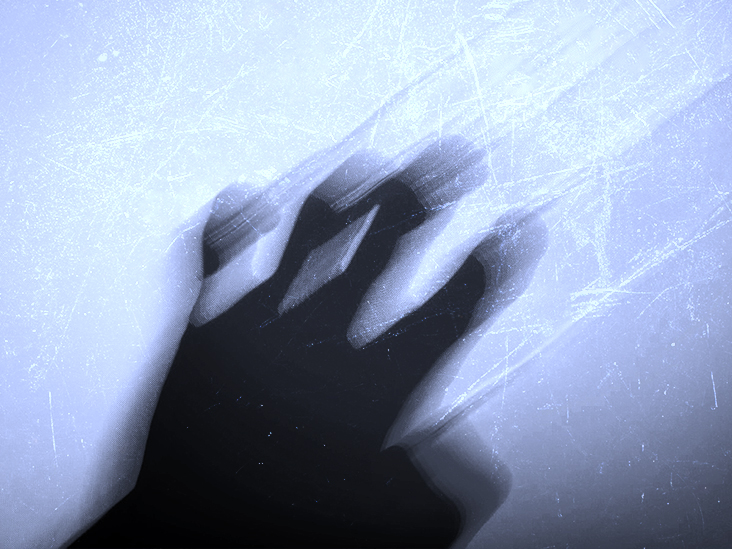The exact reasons why opioids cause itching are unclear, but several theories exist. These include the action of opioids on mast cells and opioid receptors in the skin.
Opioids are a class of drugs used to relieve moderate to severe pain. These medications include prescription drugs such as morphine and oxycodone and illegal drugs, including heroin.
Opioids are often the go-to for acute or short-term moderate to severe pain treatment. However, side effects such as itching can limit their usefulness in clinical settings.
This article discusses opioid itch, its treatment and management, and how people can seek support if they are experiencing opioid use disorder.
Opioids such as oxycodone (OxyContin), hydrocodone (Vicodin), codeine, and morphine are valuable medications for treating moderate to severe pain. However, they can cause physical side effects, such as itching, even when an individual takes them as prescribed.
Itching is extremely common among people using opioids. One 2021 study found that between 60–90% of individuals experienced itching following the use of lipophilic opioids, such as fentanyl. After morphine use, 60–85% experienced itching as a side effect.
Opioids cause itching because they can trigger an immune system response that affects receptor proteins on the surface of mast cells.
Mast cells are a
Most cells contain chemicals, such as histamine and cytokines, that they release during allergic reactions and some immune responses. This helps the body widen blood vessels, allowing more blood to the area. However, this can also cause itching and inflammation.
It seems that when individuals use opioids, their
An individual may also feel itchy due to the effects of opioids on the nervous system. The itch sensation can transmit from the skin to the brain via the nerves due to opioids interacting with
A third potential mechanism for itch exists if an individual injects drugs, which can include illegal opiates such as heroin. The injection process can lead to injuries, abscesses, and skin infections at the injection site, which may itch as they heal. The individual may also pick at their skin, which can worsen the infection and itching.
Opioids affect people differently, and some individuals may have a more intense physical reaction than others. If a person uses prescription opioid medication and they experience severe itching, they should contact their doctor to discuss alternative options.
A doctor may suggest anti-itch medications such as antihistamines or topical steroids to help with physical symptoms. Nonsteroidal anti-inflammatory drugs (NSAIDs) may also be useful. Additionally, a doctor may prescribe antianxiety medications to help with stress if this is a contributing factor.
In addition to the potential for opioid overdose and increased risk of opioid use disorder with long-term use, opioid use has a range of negative side effects, which
The side effects vary from mild to life threatening and may include:
There are various options for treating opioid use disorder and managing withdrawal symptoms. However, the most crucial step to recovery is seeking help from a qualified healthcare professional, such as a doctor, psychiatrist, psychologist, or nurse who can tailor a suitable individual treatment plan.
A common treatment approach is medication. These effective medications may include methadone, buprenorphine, or naltrexone to help people reduce or stop their opioid use while managing any related withdrawal symptoms.
Clinicians couple these medications with counseling and behavioral therapies. Counseling plays an important role in recovery and helps people address personal and social problems and other issues that may contribute to their opioid use disorder.
As with any other substance use disorder, breaking the cycle of opioid use can be difficult. However, with comprehensive care that addresses all aspects of a person’s life, recovery is possible.
Individuals can achieve long-term recovery and remission with the right treatment and support. When people surround themselves with a supportive community, they are more likely to achieve and maintaina healthier relationship with opioids.
Many resources are available, including hotlines, support groups, and clinicians specializing in treating opioid use disorder. The following resources are valuable starting points:
Intense itching is a side effect of opioid use that experts do not fully understand. However, advancements in the understanding of mast cell biology and nervous system interaction have provided insight as to how opioids could cause itching.
If a person is using prescription opioid medications and experiences extreme itching, they should speak with their doctor about potential alternatives or medications that can alleviate the symptoms.
If an individual is experiencing opioid use disorder, they should consult their doctor or another clinician to discuss treatment options.
Last medically reviewed on March 30, 2022
7 sourcescollapsed
Opioid-induced constipation (OIC) is a side effect of taking opioid pain relief medication. Learn about what causes OIC, OCI symptoms, and ways to…
This article explores what opioids and opiates are, the difference between them, and how people can seek help for addiction and overdose
There are many symptoms of opiate withdrawal, including shaking, chills, nausea, and diarrhea in some cases. These uncomfortable symptoms can often be…
The prevalence of opioid use in the United States has increased in recent years, and there is some evidence that it might be linked to an increased…
Opioid withdrawal is a painful and potentially dangerous condition. It has several stages with varying symptoms. Learn more here.
OUR BRANDS
